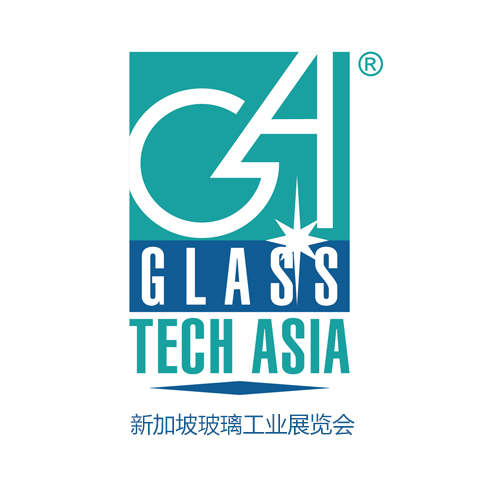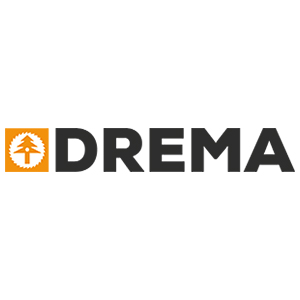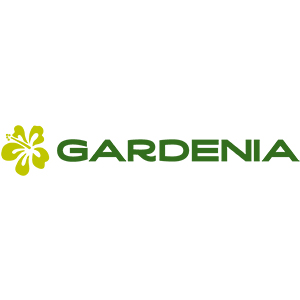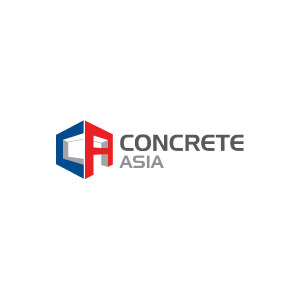
[Updated 20.01.22]
Thank you for attending!
The 6th webinar of the Glasstech Asia x PERAFI series was successfully held on 21 April 2022. We took a deep dive into the issues surrounding the use of glass in façades, understood the risks associated with it and studied the factors on how to ensure its safety.
A big thank you to all our attendees, speakers, sponsors, partners and supporting organisations for making this webinar a success.
We have put together a discussion summary, just in case you missed attending the webinar:
Highlights
Neesha Gopal, Head of Façades (Europe), from Lendlease, commenced the webinar with the topic on "Realistic Glass", diving into the challenges of glass usage in buildings and introducing safety glass and its application. Her presentation touched on the glass quality requirements and issues with risk assessment that affects performance and aesthetics. These ties in nicely with Lendlease's "Mission Zero" 2025 sustainability roadmap.
An analytical perspective regarding the application consideration of low E-glass products in building was presented by Dr Huang Chengde, Technical Director of Architectural Glass Division, CSG. Dr Huang elaborated on the energy efficiency of low E-glass components factoring into the limitations, calculated formulas, performance, and comparison data, along with its application considerations.
Emphasising on the devastating consequences of glass shattering and causing more damage, Malvinder Rooprai, Senior Technical Program manager of Kuraray Asia Pacific introduced the various type of safety glass – from annealed, to tempered and laminated glass. with Kuraray’s example, he explained how particular glass products provided feasible solution to the different applications that required the use of safety glass, structural glazing, weathering behaviour, security glazing, bulletproof resistance, bird friendly glazing, and decorative considerations.
Jayrold Bautista, Associate TS&D Scientist, and Valérie Hayez, Global Façade Engineering & Architectural Design Engineer from Dow Performance Silicones introduced the safety of silicone bonded façades. They emphasised its ability to withstand earthquakes, its capacity to sustain seismic load damage, and its applications on the main and side structural designs for façade buildings. Further insights included the construction of a 4-sided structural Sealand glazed curtain wall system, as well as an evaluation test to better understand and combat the seismic performance.
Wrapping up the webinar, the speakers discussed the effects of low e-glass combination on aesthetics and distortions of the glass facade, frame structure involving safety films to replace laminated glass, the thickness of sentry glass, bulletproof glass, and the relations of panel and structure sealant behaviour compared to the use of gutter splices.
Watch the recorded sessions on Glasstech Asia Content Hub
Simply sign up for a free account and learn about the Glass and Façade industry at your own pace.
--------------
Registration is open for #GlasstechAsiaxPERAFI webinar on Safety in Glass and Façade Application!
Save the date: 21 Apr 2022 from 2.30pm – 4.30pm JKT (GMT+7) | 3.30pm – 5.30pm SGT (GMT+8) | 9.30am – 11.30am CET.
While looking avant-garde, and providing maximum light & transparency, glass continues to be the most preferred façade element in modern architectural plan and design. However, despite the ease of installation and maintenance that it offers, estimating and understanding the risks associated with glass and façade applications remains a critical factor to ensure safety.
In the webinar, you will have access to:
- Expert insights on maintaining industry standards in the glass and façade businesses.
- Panel discussion with industry experts on their glass-safety knowledge and experience
- Q&A session with our experts.
Hosted by Gan Pay Yap, Director, VJF Systems Pte Ltd, join us in the presentations and discussions with the following speakers:
- Neesha Gopal, Head of Façades – Integrated Solutions - Europe, Lendlease
- Jayrold Bautista, Associate TS&D Scientist, Dow Performance Silicones
- Valerie Hayez, Global Façade Engineering & Architectural Design Engineer, Dow Performance Silicones
- Dr Huang Chengde, Technical Director of Architectural Glass Division, CSG
- Malvinder Singh Rooprai, Senior Technical Program Manager, Kuraray Asia Pacific
Programme
3.30PM | OPENING REMARKS
3.35PM | REALISTIC GLASS
Neesha Gopal, Head of Façades – Integrated Solutions - Europe, Lendlease
A review of the challenges of using glass in buildings. The presentation includes safety requirements and the impact this may have on increasing visual and other defects in glass due to glass specification driven by performance and aesthetic requirements.
3.59PM | SAFETY OF SILICONE BONDED FAÇADES
Jayrold Bautista, Associate TS&D Scientist, Dow Performance Silicones
Valérie Hayez, Global Façade Engineering & Architectural Design Engineer, Dow Performance Silicones
Glass façades are amongst the most popular building envelope systems in contemporary architecture. The current trend in building design, especially for high-rise buildings as a city’s landmark, suggests that glazing façade components cover up to 70% of the external surface of a structure.
Silicone bonded curtain wall systems (silicone structurally glazed façades SSG) are not only a proven durable glass façade assembly systems, optimising the envelope’s weatherproofing performance and aesthetics, this type of assembly can also contribute to improving the safety of glazed façades under extreme loading such as blasts or seismic activities.
4.23PM | APPLICATION CONSIDERATION OF LOW-E GLASS PRODUCTS IN BUILDINGS
Dr Huang Chengde, Technical Director of Architectural Glass Division, CSG
The presentation intends to focus on energy efficiency difference among various applications of low-e glass products and appropriate criteria to specify glass performance to achieve better energy saving.
4.47PM | ADVANCED INTERLAYER SOLUTIONS FOR VARIOUS APPLICATIONS OF LAMINATED GLASS
Malvinder Singh Rooprai, Senior Technical Program Manager, Kuraray Asia Pacific
From standard laminated safety glass to structural applications like glass floorings, the presentation explains the stability of laminated glass and how to decide the most suitable interlayer for exposed edge applications, to minimise the risk of delamination and other edge defects.
The presentation will also touch on noise attenuation using acoustic interlayers and its performance comparison with standard interlayers, software tools for acoustic performance calculations, and the introduction of the newly-launched "bird-friendly" glazing.
5.11PM | DISCUSSION ROUND
5.30PM | END OF THE WEBINAR
 Pages you might like
Pages you might like








 Latest information
Latest information
 Follow official account
Follow official account
 Online support
Online support
 鄂ICP备2022017323号
鄂ICP备2022017323号
 鄂公网安备 42018502006493
鄂公网安备 42018502006493
 Launch Exhibition
Launch Exhibition
 Release information
Release information



 Today's topic
Today's topic


















